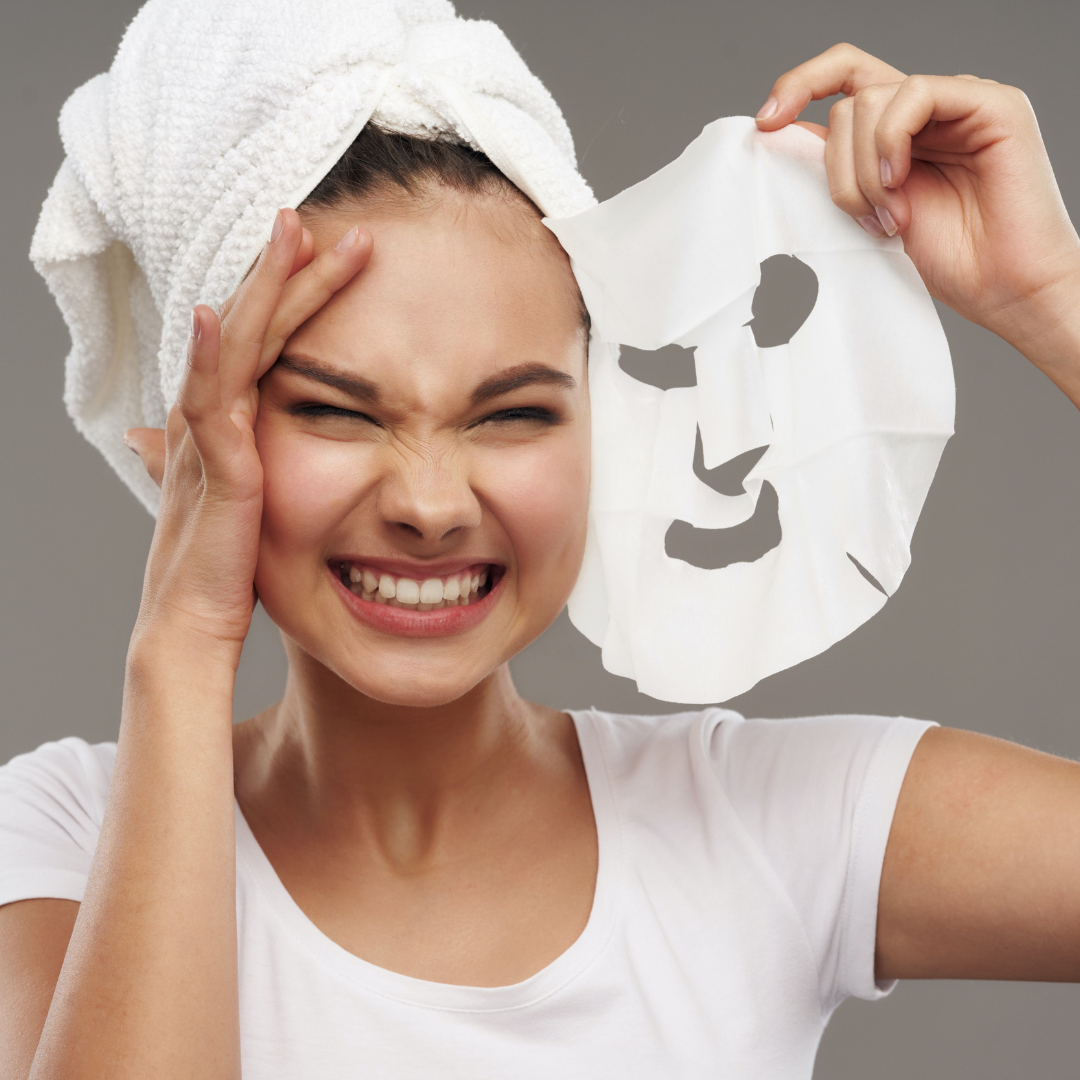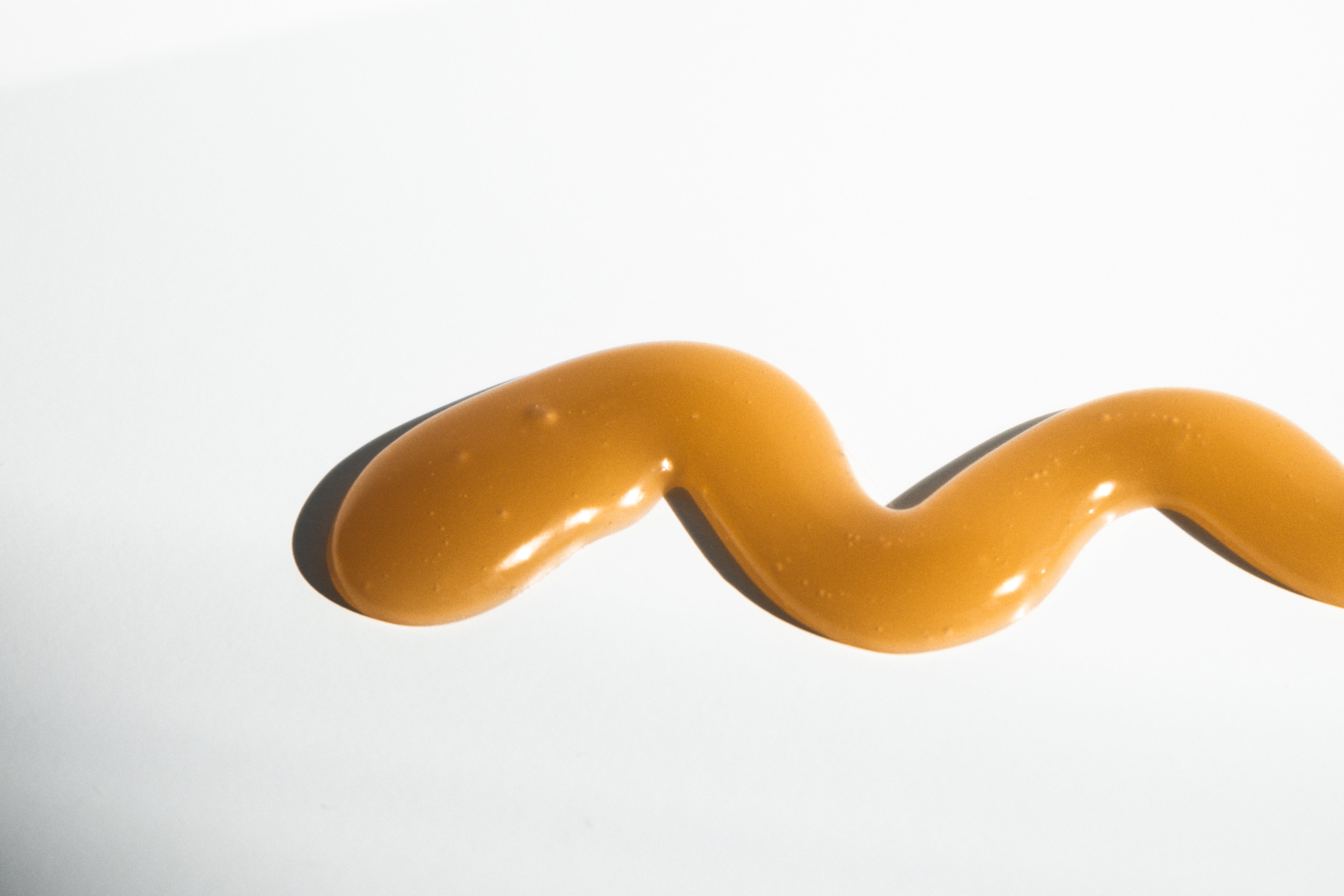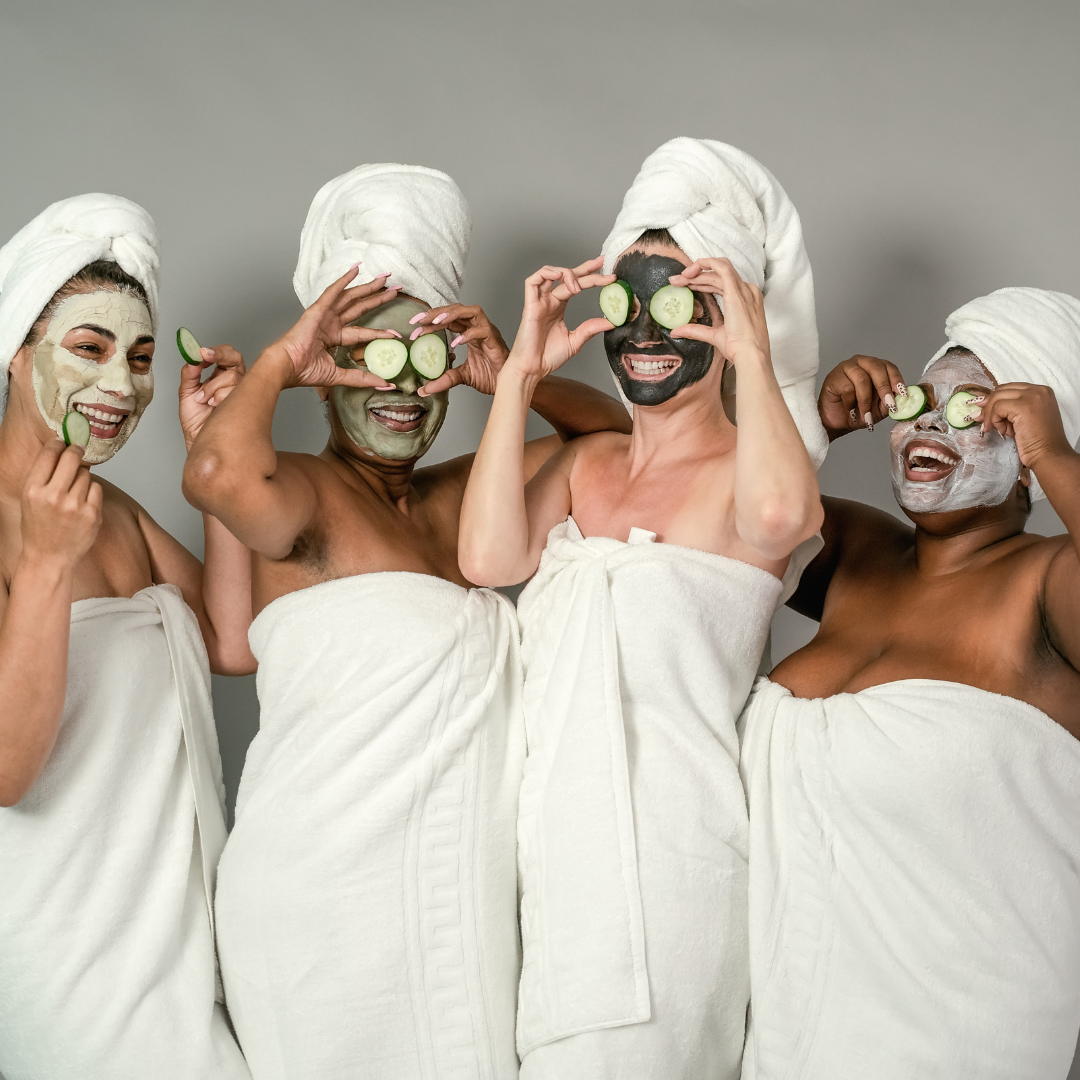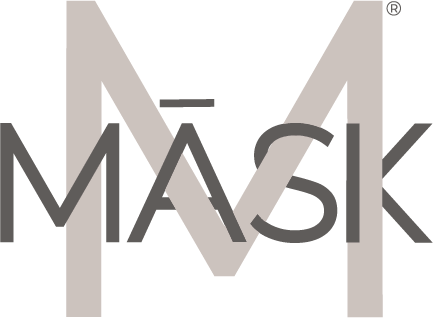The Beauty Debate: Clean Beauty vs. Toxic Beauty
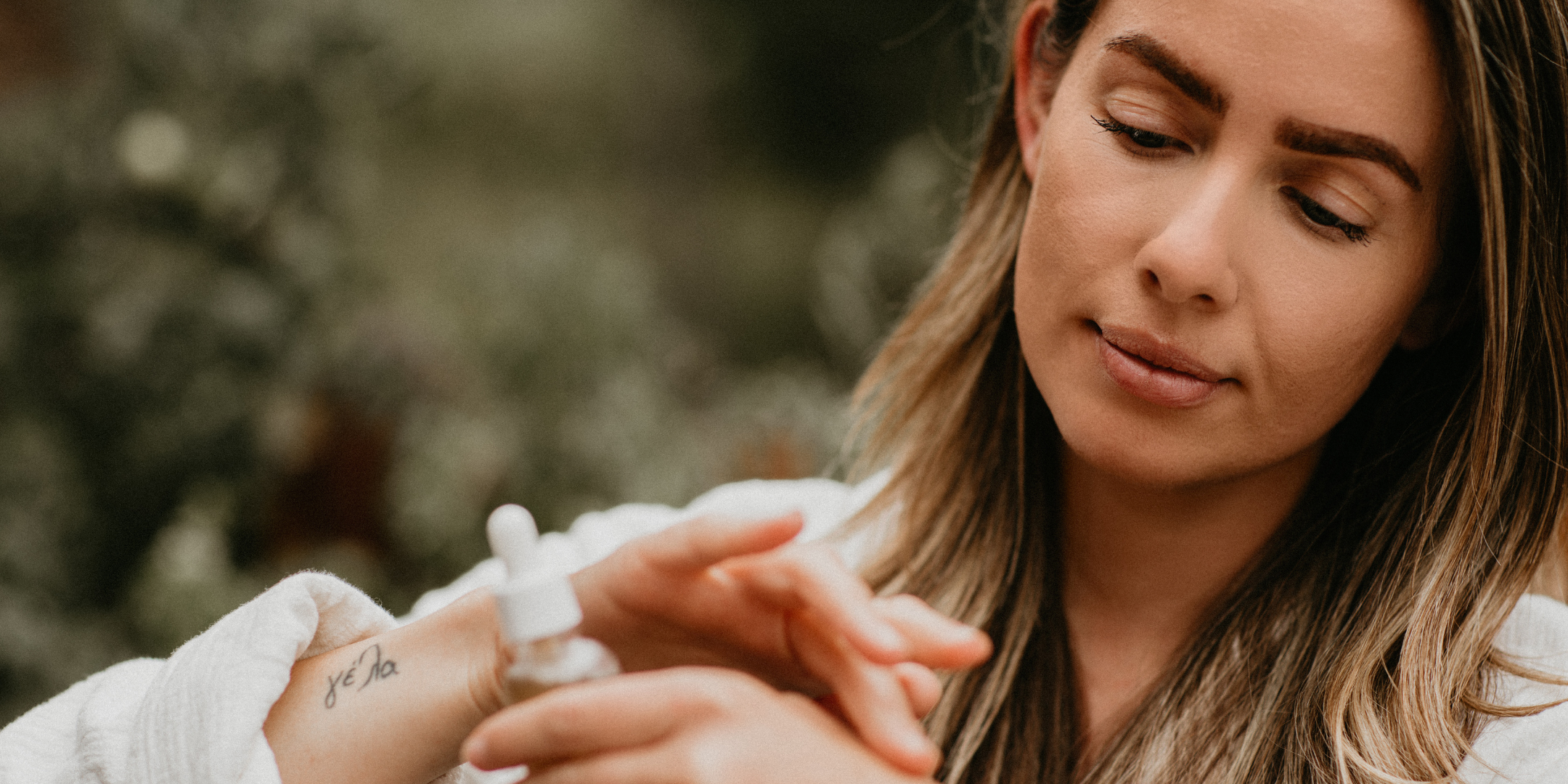
In recent years, the beauty industry has undergone a significant transformation, with consumers becoming more conscientious about the products they use on their skin.
The debate between clean beauty and toxic beauty has become increasingly prominent, highlighting the importance of making informed choices for the sake of both personal well-being and the environment.
Clean Beauty: A Breath of Fresh Air
Clean beauty is more than just a trend; it's a movement championing transparency, sustainability, and health. Clean beauty products are formulated with non-toxic, ethically sourced ingredients that are free from harmful chemicals such as parabens, sulfates, and synthetic fragrances. These products prioritize natural, plant-based alternatives, promoting a healthier relationship between individuals and their skincare routines.
One of the key advantages of clean beauty is the reduced risk of skin irritation and long-term health concerns. By avoiding potentially harmful ingredients, clean beauty enthusiasts embrace a more holistic approach to self-care, recognizing that true beauty emanates from a healthy and well-nurtured canvas.
Toxic Beauty: The Hidden Dangers
On the flip side, toxic beauty products often contain a cocktail of chemicals that, while promising quick fixes, may have adverse effects on the skin and overall health. Ingredients like phthalates, formaldehyde, and artificial preservatives are commonly found in toxic beauty formulations and have been linked to a range of health issues, including allergies, hormonal disruptions, and even certain cancers.
Moreover, the production and disposal of toxic beauty products contribute to environmental pollution. From water contamination to plastic waste, the impact of these products extends beyond our bathroom shelves, underscoring the need for a more sustainable and eco-friendly approach to beauty.
Why Clean Beauty Matters: The Holistic Approach
Clean beauty is not just about what goes on the skin; it's a holistic approach that considers the well-being of the entire person. By opting for products with clean and transparent ingredient lists, individuals align themselves with a movement that values health, sustainability, and ethical practices.
-
Skin Health: Clean beauty prioritizes skin health by avoiding harsh chemicals that can strip the skin of its natural oils and disrupt its delicate balance. The result is not just a temporary cosmetic improvement but a long-term investment in the skin's resilience and vitality.
-
Sustainability: Many clean beauty brands are committed to sustainable practices, utilizing eco-friendly packaging and responsibly sourced ingredients. This environmental consciousness aligns with a broader global effort to reduce our ecological footprint and protect the planet.
-
Transparency and Education: Clean beauty encourages transparency in labeling, empowering consumers to make informed choices about the products they use. This educational aspect fosters a sense of empowerment, allowing individuals to take control of their skincare routines and advocate for their own well-being.
Making the Shift: Clean Beauty in Action
Transitioning to clean beauty doesn't mean sacrificing efficacy or luxury. With a growing number of clean beauty brands offering innovative formulations, individuals can enjoy high-performance products without compromising on health or ethical values.
-
Natural Ingredients: Clean beauty products harness the power of natural ingredients, from botanical extracts to essential oils. These ingredients not only contribute to the effectiveness of the products but also provide a sensorial experience that connects users with the beauty of nature.
-
Cruelty-Free Practices: Many clean beauty brands are committed to cruelty-free practices, ensuring that their products are not tested on animals. This compassionate approach aligns with the ethical values of consumers who seek products that do not contribute to animal harm.
-
Mindful Consumption: Clean beauty encourages a shift towards mindful consumption, discouraging the impulse to accumulate unnecessary products with harmful ingredients. This intentional approach promotes a more sustainable and minimalist beauty routine.
The Bottom Line: Your Skin, Your Choice
In the clean beauty vs. toxic beauty debate, the bottom line is empowerment. Clean beauty empowers individuals to take control of their skincare choices, advocating for products that align with their values and contribute to both personal and environmental well-being. As consumers become more discerning, the beauty industry continues to evolve, with clean beauty leading the way towards a healthier, more sustainable future—one where beauty is synonymous with well-being.

